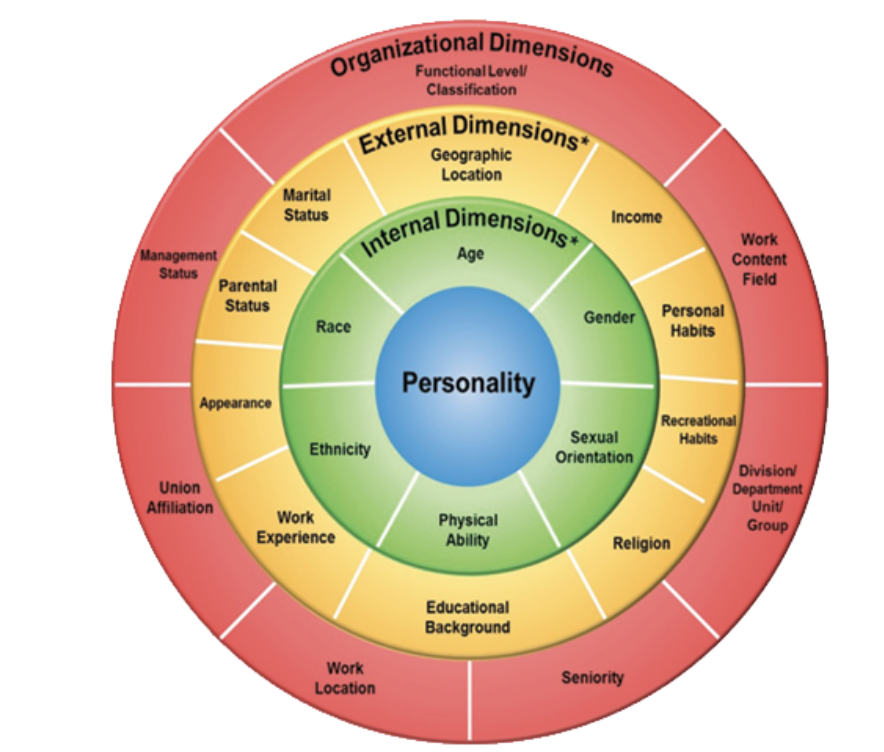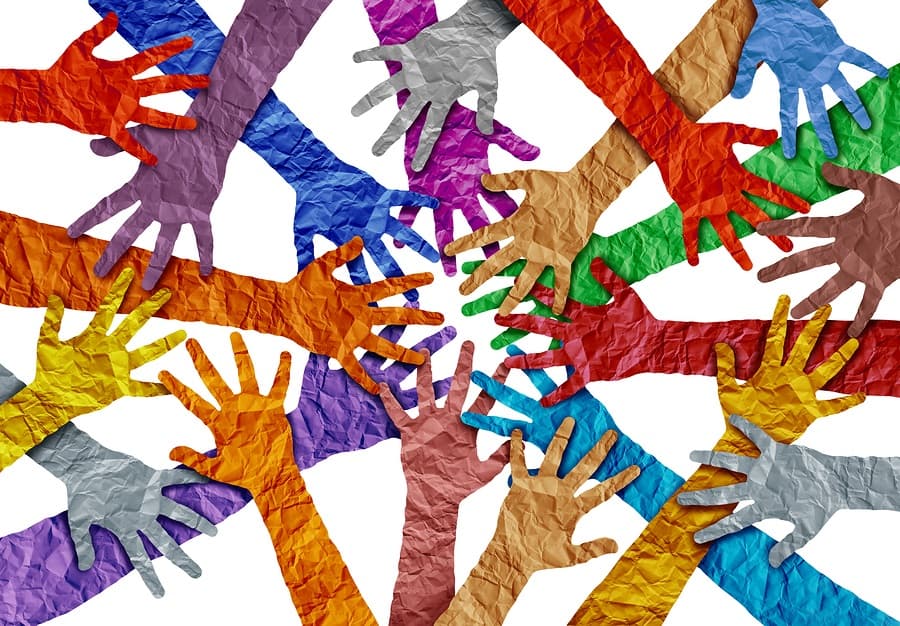“Diversity and inclusion.” As often as we hear this term, you’d think the two words are synonymous or inseparable. They are neither. What’s more, when people lump them together, they usually end up focusing on the former. The problem is, it’s the latter — inclusion — that counts more.
So what’s the difference between the two? Here’s how diversity guru Verna Myers puts it: “Diversity is being invited to the party. Inclusion is being asked to dance.”
Now, here’s what it means for your organization: Diversity is basically representation of different types of people, a mix of individuals of races, ages, genders, ethnic backgrounds, religions, cultures, and other dimensions.
Inclusion, on the other hand, is what the Society for Human Resource Management describes as, “The extent to which each person in an organization feels welcomed, respected, supported, and valued as a team member.”
When it comes to innovation, creativity, and a host of other variables that drive success, diversity provides the potential. But inclusion converts that potential into results. In other words, who you bring into your company is only as relevant as what you do to make them feel welcomed and productive.
Employees are covering
A key risk of concentrating on diversity and neglecting inclusion is that employees may engage in “covering.” As a Deloitte Leadership Center note explains, covering is “a process through which individuals downplay their authentic selves at work.” That is, without realizing it’s doing so, a company may welcome people despite who they are, not because of who they are.
NYU law professor Kenji Yoshino has defined the four As of how people “cover” at work to downplay their authentic identities:
- Appearance — Changing their clothes, grooming, and mannerisms
- Affiliation — Shunning various behaviors commonly associated with their race, sexual orientation, or other dimensions
- Advocacy — Avoiding speaking up for others who share their identity
- Association — Refusing to associate with people of the same group
Pretty depressing reading about all the ways people shun who they are just to fit in at work, right? Yet that’s exactly what happens when organizations fail to shift their emphasis from diversity to inclusion. Every HR professional owes it to their people to promote environments in which people feel they belong. Here’s how to make that shift.
Diversity dimensions
Start by making sure that your workplace is actually diverse. After all, people can’t be asked to dance if they’re not invited to the party. Management  consultants Gardenswartz and Rowe’s four-layer model of diversity dimensions is a great framework to reinforce the idea that none of us has a single identity. We are all multifaceted along four main dimensions.
consultants Gardenswartz and Rowe’s four-layer model of diversity dimensions is a great framework to reinforce the idea that none of us has a single identity. We are all multifaceted along four main dimensions.
- Personality — Your traits, preferences, perceptions, behavioral predispositions, learning style, and other attributes are central to who you are. They are also heavily influenced by the three other dimensions.
- Internal — Usually set at birth, these are attributes (e.g., gender, sexual orientation, physical abilities, ethnicity, race) over which you have little to no control.
- External — Your life experiences and choices define this dimension, which includes appearance, educational background, income, religion, and other traits.
- Organizational — Your position in your organization defines these characteristics (e.g., seniority, management status, department).
It helps to think along all these dimensions when recruiting and engaging a diverse workforce. Also keep in mind how each variable of each dimension can influence how you treat people. For example, an older employee at your organization may not be as interested as a younger counterpart in scaling a hierarchy. Similarly, flex-time and opportunities to work remotely can help attract females and newer generations of workers. You might also consider adapting the setup of your workplace structure to accommodate people of different physical abilities.
5 ways to make the shift
1. Recruit not for culture fit but culture add
As we pointed out in another post, “Hiring for the latter asks not whether someone will fit into your culture, but what that person can add to it.” In her TLNT post, Jody Ordioni put it this way: “When you consider if a candidate is a culture add then you are looking for candidates to bring in new ideas, a different point-of-view, and bring out different traits in others in a collaborative, positive way.”
2. Inclusive workplaces require inclusive leaders
Encourage your senior executives to open up about their personal lives. When leaders share intimate life details, they serves as powerful empathetic examples to other employees. Granted, this is easier said than done, especially since vulnerability is often perceived by leaders as a weakness. But that’s a myth. Ample evidence shows that “[v]ulnerable leaders inspire, are more authentic, and build bonds that lead to increased performance.”
3. Encourage more networking and mentorships
Internal networking and mentorship programs are terrific ways to get people to share their opinions more freely. Such initiatives bring together employees of different backgrounds to achieve individual and organizational goals. Like we say in “6 Ways to Make Mentoring Matter at Your Company,” “Mentoring sends a message that you value your people enough to let them thrive together.”
4. Create clear career paths
It’s vital that individuals of all backgrounds have opportunities to elevate themselves into senior roles. Therefore, make sure that succession plans and internal pipelines include a range of people who have different perspectives. This will also inspire employees throughout your company to aim for greater success.
5. Choose equal consideration of interests over equality
Say what? Admittedly, that sounds like some convoluted jargon. But at the core, it means accounting for the unique preferences of your employees. Consequently, your objective shouldn’t be to treat people the same. It should be to create environments that value different individual needs. For instance, research shows that 61% of women in a survey of non-working adults said it was because of family responsibilities. Knowing that, you might consider engaging women by offering flexible work schedules that enable them to tend to the evolving story of their family life and remain productive employees.
Ultimately, the most important action you can take to shift toward inclusion is to shift your mindset. Rather than view diversity as a series of ethical or compliance boxes to check, you’re better off acknowledging that people come with all sorts of differences. And then embracing those differences.
